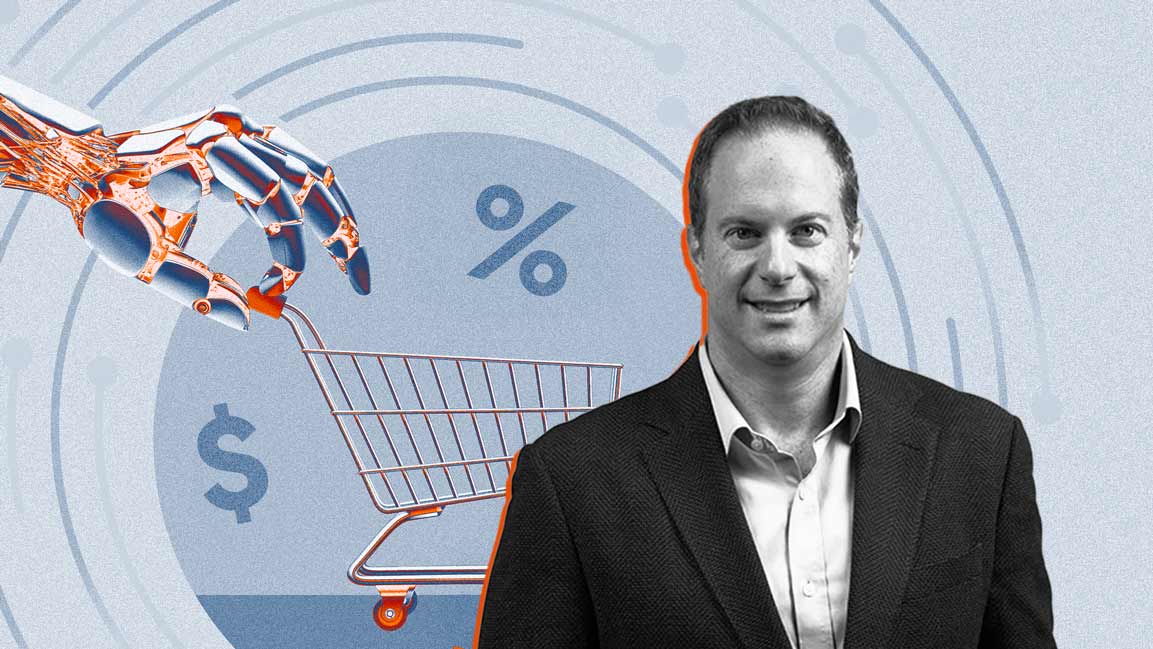What’s driving digital payments in the MENA region?
New digital payment methods have transformed the customer experience across both physical and online transactions.

Are you still paying for things in cash? Or do you prefer to make payments with a simple tap of your smartphone on a merchant terminal? When you look at where we are now compared to a few years ago, it’s clear that fintech has skyrocketed as innovations proliferate.
The MENA region has actively embraced digital payments, enabled by a supportive government focus and a strategic push towards digital or cashless economies. Around 85% of fintech firms in the region operate in the payments, transfers, and remittance sectors, according to What’s Next for Digital Payments in the Middle East and North Africa, a white paper sponsored by Amazon Payment Services.
Based on research analysis by Euromonitor International, the report found that the COVID-19 pandemic acted as a catalyst for the major retail players to adopt digital payments. Online retail volumes have grown by more than 50% in the MENA region since 2019.
The region, led by the UAE, Saudi Arabia, and Egypt, is also experiencing a significant boom in the fintech sector, with over 800 startups worth $15.5 billion in the UAE.
In addition, the positive economic outlook and the inherent push from government entities for a digital economy – with agendas such as Saudi Vision 2030, Egypt Vision 2030, and UAE’s digital strategy – are driving the shift towards digital payments and reducing cash dependency.
The report shows the region’s predominantly young and digitally savvy population is a key factor. Internet penetration in the UAE is among the highest in MENA, estimated at 329%, while Saudi has 162% internet penetration and Egypt at 68%. Compared to the global average, the region has a younger population (comprising Gen Alpha, Gen Z, and millennials) estimated at 75% – offering a strong potential for adopting digital payments.
CHANGING CONSUMER BEHAVIOR
Consumer behavior remains critical in maintaining an edge in the digital payments space.
With traditional banking, credit agreements for high-priced items usually require a lengthy documentation process and an extended repayment period. Today, fintech service providers have bridged the gap by enabling the consumer to expand their purchase remit with solutions such as Buy Now, Pay Later (BNPL), enabling consumers to purchase products with simple, manageable, and interest-free installments over a set period of time.
In the MENA region, BNPL accounted for 6% of online retail transactions in 2021, expected to grow steadily over the next few years.
Online retail is a major pillar of the digital economy, with Saudi, Egypt, and the UAE forming 80% of the region’s overall online retail sales. This has transformed the new consumer experience with new online payment methods and mediums to offer a seamless experience.
There’s also a unique opportunity for digital and instant payments to onboard low-income and unbanked segments and, ultimately, reach financially disadvantaged communities and enable them to engage in the digital economy.
As for rising industries, the report identified online retail, travel, essentials, and leisure as the fastest-growing business verticals in digital payments. In the coming years, with an encouraging drive from government entities aiming for a cashless society, the report estimates that categories such as essentials (including utilities, healthcare, insurance, education, bill payments, and government services) will have the largest share of digital payments, followed by travel, and online retail.
So, what are the forces driving the digital payment trends in the region?
GOVERNANCE AND INNOVATION GO HAND-IN-HAND
Governments and central banks in the region have become agile with regulations around consumer finance and payments, with regulatory frameworks expanding to include new and innovative payment-related products that are consumer-centric and offer a seamless experience.
Central banks are also launching regulatory sandboxes to involve regulators, banking institutions, fintech players, and consumers in developing innovative solutions and a regulatory framework.
In addition, central banks are increasingly adopting Central Bank Digital Currencies (CBDC), a digital token pegged to the value of the country’s currency, to offer a structured payment system akin to cryptocurrency.
The joint efforts by governments, banks, payment service providers, and fintech entities will likely drive the adoption rate.
Interestingly, the report notes that the region has the highest share of cash payments globally but witnessed a sharp 16.3% drop in 2021 and is expected to reach a cumulative reduction of 42% by 2025 as the region heads towards QR, biometric and contactless payments.
As fintech entities’ new products and services leverage the regulatory framework and sandboxes, businesses can experiment and learn about the latest tech to offer newer payment methods that provide access to consumer analytics and ensure minimal transaction failures.
Working with Amazon Payment Services can also offer businesses various products, services, and payment methods to help merchants grow their business online.
PAYMENTS EVERYWHERE – RIGHT NOW
Cross-border payments are expanding as governments develop instant payment systems through bilateral and multilateral agreements and the rise of pure-play online retailers enabling online purchases across geographies.
In the coming years, we could witness the rise of one-world payment systems, integrated everywhere, with a unified and integrated system across the region, entering into an instant and borderless payments landscape.
In the MENA region, B2B payments contribute almost 97% of all cross-border payments. Results also showed that consumers are keen to explore cross-border purchases for better prices and product access. Businesses can gain an advantage by exploring fintech and payment service provider systems for multi-currency purchases across regions. Entities with a multi-country presence can also leverage pure-play online retailers to offer a unified purchase experience.
THE EVOLVING DEFINITION OF FINANCIAL INCLUSION
While financial inclusion has achieved significant strides in the MENA region, there’s still intense collaboration among relevant stakeholders to ensure a cohesive and inclusive digital landscape.
As the penetration of smart appliances and devices continues to spread, financial inclusion is also likely to expand across channels, including connected devices like smart speakers and televisions.
The report finds that mobile money remains a foundation for financial inclusion. In Egypt, with an estimated unbanked population of 44 million people, improving financial inclusion is a crucial issue. With almost three-quarters of Egyptians under 40, its young population offers an immense opportunity for digital payments.
This was evidenced by a recent initiative from the Central Bank of Egypt which waived all fees applicable to e-wallets and increased the transaction limit of e-wallets linked to mobile phones. The result? A new wave of mobile wallets now supports peer-to-peer transfers and offers easy cash conversion to digital money and vice versa.
As consumers and merchants alike seek a seamless experience, collaboration is key. Globally, eight in ten fintech startups now collaborate with a payment network. Besides working with the government, fintech entities and payment service providers must leverage each other’s competencies. Business merchants can tap into a new consumer base by utilizing systems that offer the latest payment methods and customized solutions targeted at demographics with lower spending power.
KEEP UP OR GET LEFT BEHIND
Consumers are still the biggest driver in unraveling the potential of digital payments. In particular, the younger generation, indifferent to slow and traditional methods for day-to-day transactions, are more used to having everything they want and need just a click away.
By partnering with payment service providers such as Amazon Payment Services, merchants can offer their customers seamless, secure, and convenient payment services anywhere, anytime.
As such, the faster businesses adopt digital payments, the more likely they are to understand the needs of the Gen Z and millennial consumer base and establish their place in the future economy.









































